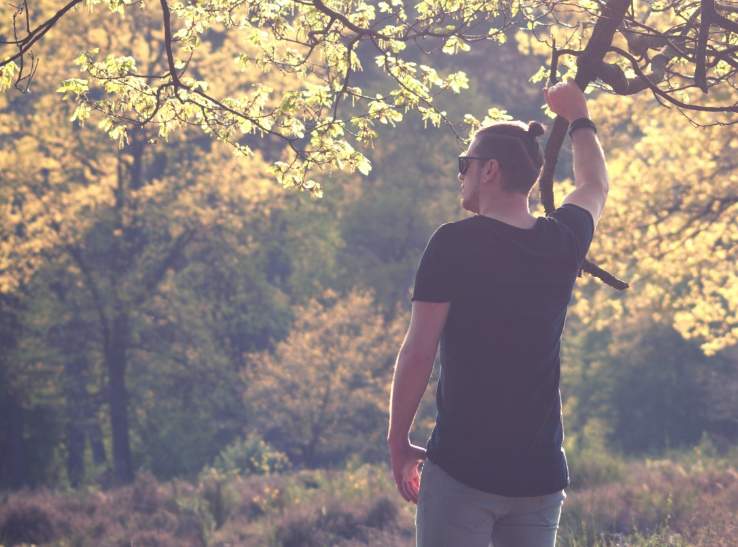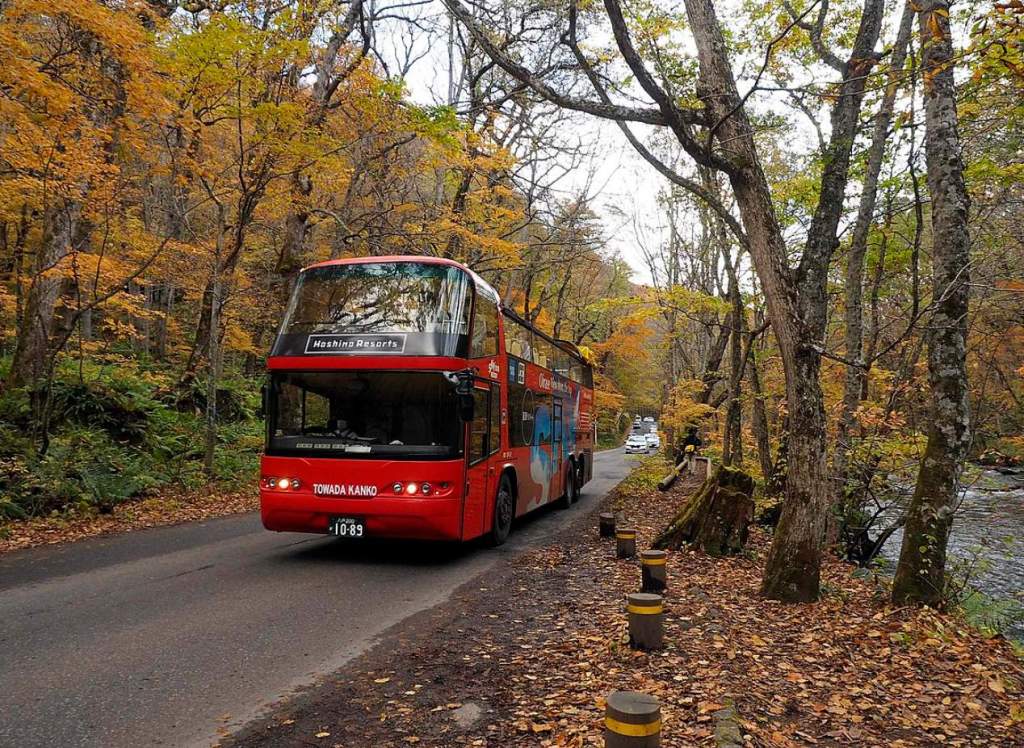A railroad trestle bridge that spans Kinzua Creek in McKean County, Pennsylvania, was known as the Kinzua Bridge or Kinzua Viaduct.
The Kinzua Viaduct, referred to as the “Eighth Wonder of the World,” was severely damaged by a fierce tornado on July 21, 2003. The Kinzua Bridge was ranked as the fourth-tallest railway bridge before it collapsed. Originally constructed in 1882, the Kinzua Viaduct measured 92 meters in height and 625 meters in length, making it the tallest viaduct in the world at the time. It was built to connect Bradford to the coal fields in Elk County by the Lake Erie and Western Railway.

A bridge across the Kinzua Valley was cheaper than laying another 13 kilometers of track over rough terrain, according to engineer Octave Chanute. A large bridge was built. The Portage Bridge over the Genesee River in western New York, which at the time was the largest similar structure, was twice as big when completed. An incredibly small crew of forty completed the bridge in just three months. No scaffolding was used during construction, which enabled the project to be completed quickly. Building the first tower was done with a gin pole instead.

The second tower was built using a wooden crane mounted atop the first tower. All twenty towers were subjected to the same process. A tourist attraction was established at the Kinzua Viaduct. The viaduct attracted people from Buffalo, New York, and Pittsburgh. The bridge was constantly threatened by high winds from the beginning. The viaduct swayed when wind gusts were exceptionally high, and trains had to slow down to 5 mph. It was not safe to carry trains across the iron bridge at the turn of the century due to the weight of locomotives.
New iron bridges were erected in 1900, twice as heavy as the original, and replaced the original bridge. Despite being impeded by forest fires, worker strikes, and equipment limits, the project was finished in just four months—a record speed.

In the same way as when the old bridge was built, the newly constructed viaduct was built using a special technique. A 180-foot timber traveler, spanning three towers per end, was used to construct both ends. In addition to the two extreme towers on which the traveler rested, a new tower was built in place of the middle tower, while the traveler rested on the two extreme towers. After constructing one tower, the traveler reconstructed the next tower.
It is still enforced that the speed limit of 5 miles per hour is enforced, even though some of the largest and heaviest locomotives could safely pass over the viaduct. Due to the deterioration of the bridge, heavy trains pulled by two steam locomotives had to wait for the other engines to cross.

Kovalchick Salvage Company purchased the aging bridge in 1959 in order to dismantle it. Kovalchick Salvage Company’s head, Nick Kovalchick, supposedly made the comment when he saw the bridge for the first time: “There will never be another bridge like this.”
The Kinzua Bridge State Park was created after Kovalchick sold the bridge to the federal government. After the viaduct was closed to coal haulage, excursion trains allowed brave tourists to traverse it. Despite the lack of high guard rails, Dan Behrman describes being on the bridge as “more like ballooning than railroading” in a May 1998 New York Times article. Behrman wrote, “You stand facing an immense sea of green beyond 100 yards.”.
The bridge was closed to visitors in 2002 after inspectors found it too wonky. Repairs began, but the tornado destroyed the bridge before they could be completed. Due to the weather, workers were instructed to leave the site early that day since wind speeds exceeded 90 miles per hour.

The investigation later led to the following statement by an eyewitness: The tree fell in front of my truck as I tried to leave job number 0304. The wind blew the truck over. In the distance, I saw the guard shack fly twenty feet from its original location. Kevin Hellmandallar and I decided to go outside once the wind died down to see if the bridge had collapsed. As we looked at the bridge, we saw that it had fallen.
The bridge is now only standing on one end. There has never been a clearing of the fallen sections, so they are still lying on the ground. A poignant way of documenting the bridge’s tragic end and a powerful reminder of nature’s power, officials thought the ruins could serve as a powerful reminder of nature’s power. In 1977, it was listed on the National Register of Historic Places, and the American Society of Civil Engineers designated it a National Historic Civil Engineering Landmark in 1982.

Located in Kinzua Bridge State Park, the ruins of the Kinzua Bridge once stood near Highway Route 6 near Mount Jewett, Pennsylvania. The new Kinzua State Park, created by the state of Pennsylvania, features a hiking trail and a skywalk viewing platform. In June 2005, $700,000 was released for repairs to the remaining towers and for planning the development of the new park facilities.
A ribbon-cutting ceremony was held on September 15, 2011, to mark the opening of Kinzua Sky Walk. An observation deck with a glass floor is connected to the Sky Walk by a pedestrian walkway, from which you can see the bridge and the valley all the way below. Tourism revenue is expected to grow to $11.5 million as a result of the walkway.
Related Reading: The Brusio Spiral Viaduct in Switzerland







